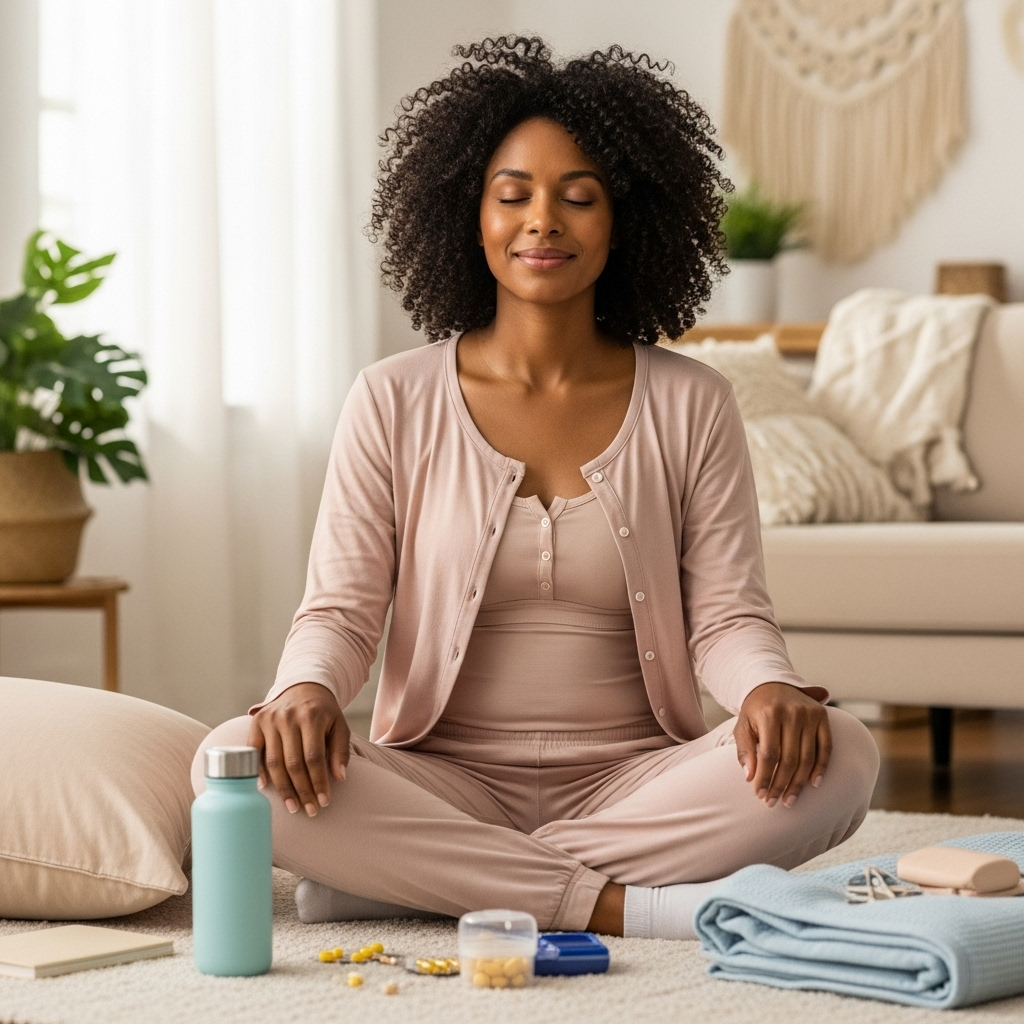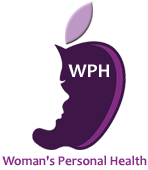

Discover the ultimate mastectomy recovery kit with 17 essential items for comfort, healing, and confidence. This comprehensive guide blends expert advice, survivor wisdom, and practical tips to help you or your loved one prepare for every stage of recovery.
Introduction: Recovery Begins With Preparation, Empowerment, and Comfort
A mastectomy is more than a procedure—it is a profound physical and emotional milestone, marking both an end and a beginning. While your surgical team expertly handles the operation, your own environment—and the tools you surround yourself with—can transform the recovery journey from one of anxiety and discomfort to one of security, dignity, and hope. Every step and every item in your recovery kit is more than just a convenience; it’s a tool for building confidence, regaining independence, and truly healing, inside and out.
This in-depth guide goes far beyond a simple list. Each recommendation blends survivor wisdom, leading clinical guidelines, and insight into everyday life—so you can plan proactively, shop with intention, and create a living space that nurtures recovery. Whether you are a patient, family member, or caregiver, let this resource serve as your north star in the days to come.

1. Best Clothing to Wear After Mastectomy: Front-Button Shirts & Adaptive Tops
Why It Matters:
Immediately after a mastectomy, arm and shoulder motion is limited, and even simple movements can tug at drains, stitches, or bandages. Traditional tops and bras—those requiring overhead lifting or tight pulling—are not only painful but can be risky. The right clothing empowers you to get dressed independently, safeguard surgical sites, and feel less “medicalized” at home.
Features to Look For:

How This Promotes Healing & Confidence
Wearing clothes that are truly comfortable and safe changes your mindset. Instead of feeling trapped in hospital wear, you regain privacy, self-expression, and a sense of “normalcy.” Adaptive tops can be stylish, uplifting you emotionally—even during hard days.
Related Collections:
Expert Tip:
“There are also special mastectomy bras with the pockets already sewn in.” — American Cancer Society
2. How to Set Up a Comfortable Mastectomy Recovery Space: Recliners and Positioning Pillows
Why Elevated Rest is Essential
Lying flat post-surgery may increase swelling and pressure on wounds. Elevation improves lymphatic flow, reduces discomfort, and makes getting up less strenuous while the chest and arms heal. You will find that even simple daily rest is more restorative with proper support.
How to Set Up Your Comfort Zone
Emotional Impact
Creating a thoughtfully organized recovery space grants peace of mind. Knowing that your needs will be met day or night allows you to relax, truly rest, and focus fully on healing.

Explore: Support Accessories
Expert Tip:
“Organizing your recovery space to minimize unnecessary movement and keep essentials within reach can significantly improve comfort and healing.” — Adapted from Healthline
3. Best Pillows for Mastectomy Recovery: Underarm, Chest, and Seatbelt Support
Why Ordinary Pillows Aren’t Enough
After mastectomy, the needs of your body are unique. Arm swelling, incision protection, and drain placement each call for specialized support that conforms to, not fights against, your healing anatomy.
Varieties and Their Benefits

Daily Use Scenarios
Explore: Pillow Cases for Night Sweats
Expert Tip:
“Small, firm pillows work best to stabilize the surgical side without feeling bulky or shifting during the night.” — Memorial Sloan Kettering Cancer Center
4. How to Manage Surgical Drains After Mastectomy: Essential Accessories
The Challenge of Drains
Surgical drains are often a patient’s greatest source of anxiety after coming home. Not only can they be unsightly, but improper care can lead to discomfort, infection, and in rare cases, emergency visits.
Essential Tools
Additional Guidance and Emotional Support
Logging drainage volume is critical for removal eligibility and early detection of complications. Having products that make this process easy protects your body and reduces mental overwhelm. It’s one less thing to fear.
Explore:
Mastectomy Camisoles
Immediate Post-Mastectomy Products
Amoena Post-Surgery Camisole
Expert Tip:
“Store extra safety pins and drain bulb caps in a small bag by your bed—in case of accidental disconnection at 3 a.m.” — Johns Hopkins Medicine
5. How to Stay Clean After Mastectomy: Personal Hygiene Tips and Products
Why These Tools Matter Most When You Can’t Shower
The first days and weeks after mastectomy you may be unable to get wounds wet, and even small movements can feel overwhelming. Personal hygiene solutions stand between you and skin breakdown, itching, or a loss of dignity.
Recommended Solutions
Emotional Benefits
Keeping up with daily hygiene isn’t just about avoiding infection—it helps you restore your routine and sense of self, so you feel more like yourself and keep your spirits up.
Explore:
Lindi Skin Care
Expert Tip:
“Be gentle—post-mastectomy skin is often extremely sensitive and will react even to common household soaps.” — NCCN.org
6. Medication and Pain Management: Tools for Consistency and Safety
Why Organization Saves the Day
A full recovery relies on timely management of pain medicine, antibiotics, and possibly other treatments. Confusion or missed doses can result in breakthrough pain, side effects, or complications.
Tools for Maximum Control

Additional Tips
Store your pain medicine and a glass of water by your bed for early morning or middle-of-the-night dosing. This prevents the pain from “catching up” and allows you to stay in control.
Printable/downloadable logs recommended for all patients, especially if anyone else helps with care.
Expert Tip:
“Never wait for pain to become severe before taking medication; consistent schedules are key for control during the first two weeks.” — CDC Medication Safety
7. Nutrition and Hydration: What to Eat and Drink for True Healing
The Power of Nourishment
Your body must rebuild tissue, ward off infection, and restore energy—but pain, medication, and emotional swings may dampen appetite. Optimal nutrition is key to faster healing and fewer complications like constipation or fatigue.
Building Your Kitchen Recovery Kit

For Nausea or GI Upset
Stick to mild flavors at first, reintroduce familiar favorites slowly, and avoid foods that trigger discomfort. Keeping ginger chews or peppermint on hand can naturally calm unsettled stomachs.
Expert Tip:
“Hydration is just as important as protein—aim for at least eight cups daily unless on fluid restriction.” — Cancer.org
8. Technology and Entertainment: Lifting Spirits and Staying Connected
The Emotional Side of Recovery
Isolation, boredom, and loneliness are major challenges during extended convalescence. Your digital “toolkit” can lift your spirits, keep your mind active, and help you stay connected with people who care about you.
What to Include
Encouraging Tip:
Schedule daily digital coffee dates or group video chats with loved ones, using reminders to keep social ties strong.
Expert Tip:
“If you load your favorite shows, music, or audiobooks ahead of time, you’ll always have something uplifting to enjoy—even on days when you’re too tired to decide.” — Breastcancer.org
9. Safe, Non-Slip Footwear: Simple Steps Prevent Serious Setbacks
Fall Risk and Post-Surgical Realities
After surgery, you might feel unsteady because of pain, low blood pressure, or medication. Quality slippers or shoes with non-slip soles and no laces reduce fall risk—especially for critical overnight bathroom trips.
Must-Haves:
Explore: Mastectomy Accessories
10. Adaptive Loungewear & Recovery Tops: Beauty and Function
Adaptive loungewear: It’s more than pajamas. Brands now blend gentle support, hidden pockets for prosthetics, soft seams, and flattering designs. Several lines offer leisure bras and camisole bras ideal for relaxing at home or sleeping.

Special features:
11. Gentle Skin and Scar Care: Medical-Grade Moisture and Protection
Special Skin Needs
Radiation, surgical dressings, and antibiotic ointments can leave skin vulnerable, dry, or prone to breakdown. Products designed for post-mastectomy care help you avoid infection, speed up scar softening, and restore comfort.

Expert Tip:
“Use gentle, circular motions to apply creams after wounds fully close; never pick at scabs or early scar tissue.” — AAD.org
12. Handheld Fans or Cooling Packs: Taming Hot Flashes
Why: Hot flashes or sweats are common—caused by anesthesia, medication, or sudden menopause. Small fan or cooling packs by the bed grant instant relief, helping you feel in control when your body’s thermostat runs wild.
13. Communication Tools: Peace of Mind for You and Caregivers
Bell, call button, or voice-activated smart device—these let you summon help without yelling or risk of falling. For those alone or with limited mobility, these tools are true lifesavers during the first recovery weeks.
14. The Gift of a Well-Fitted, Gentle Post-Surgical Bra
What Sets These Bras Apart
Mastectomy bras: no underwires, wide bands, front closures, soft pockets (for swelling, ice packs, or prosthesis), and fabrics that never scratch. Scheduling a virtual or in-person fitting is the fastest route to comfort and proper healing.

Top Options:
ABC Bras
Amoena Bras
Compression bras
Expert Tip:
“Choose options labeled for post-operative or mastectomy use; regular sports bras can compress too forcefully, risking delayed healing.” — ASPS
15. Medical Documents Folder: Stress-Free Organization
Keep every document:
Secure in a portable, clearly labeled folder. This saves frantic searching later and keeps caregivers up to date.
16. Guided Exercise and Breathing Printouts
Recovery isn’t just about rest! Gentle arm lifts, hand squeezes, and deep breaths—often prescribed by your surgeon—prevent pneumonia, blood clots, and frozen shoulder. Tape printed guides to your recovery area and check off completed sets throughout the day.
17. Emotional Comforts: Healing the Heart as Much as the Body
Ask friends/family to send notes or surprises for the first weeks—reminders that you’re surrounded by love, even while tucked in at home.
Downloadable Printable: The Essential Mastectomy Recovery Kit Checklist

Conclusion: Recovery With Dignity, Comfort, and Community
Preparing for a mastectomy is daunting, but with the right practical and emotional support, you can regain control and heal with confidence. Every kit should be personal—add, remove, or adapt these essentials to your own needs, body, and living space. If you need further help, our specialists and support resources are always standing by.
You are resilient. You are not alone. And you deserve every comfort and advantage on your recovery journey.
Every recovery journey is unique. Your needs may vary depending on your body type, age, and the type of surgery you’ve had—whether it’s a single or double mastectomy, with or without reconstruction. Always personalize your recovery kit to what feels right for you.
This guide is for informational purposes only, the information contained here may be incorrect and is not a substitute for professional medical advice. Always consult your surgeon, oncologist, or healthcare provider to address your specific needs and before making any changes to your recovery plan.

